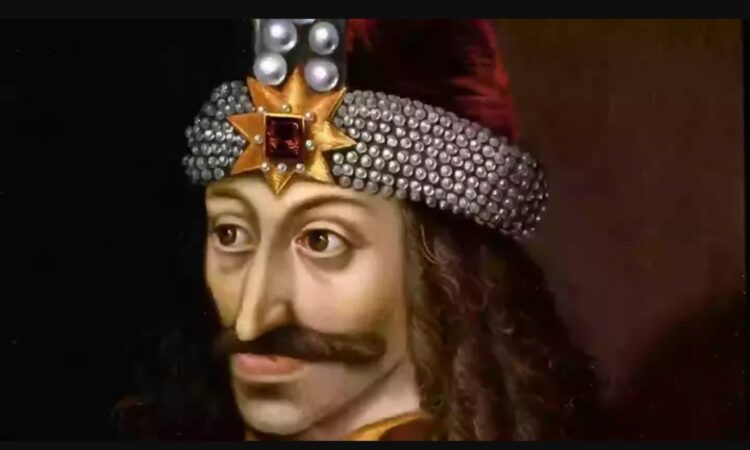Scientists discover mysterious inscription on ancient tomb that could reveal Count Dracula’s final resting place

It turns out Count Dracula, also known as Vlad the Impaler, might not be buried in Romania after all. A team of scientists and researchers now believe his final resting place could be in Naples, a city in southern Italy. This theory is based on a recently analyzed inscription found on a tomb in an old church there, which could point to Vlad’s remains.
The tomb in question is located inside the Santa Maria La Nova monastery complex in Naples, a historic site that dates back to the 13th century. While the church was built in a Gothic style and has gone through many changes over the centuries, one of its hidden corners—specifically, the Cappella Turbolo—contains a tomb with mysterious carvings that have puzzled experts for years.
Prince Vlad III of Wallachia, better known as Vlad the Impaler, lived during the 15th century. His reputation for brutal tactics, including impaling his enemies, earned him a fearsome name and helped inspire the fictional character Count Dracula. Until now, most people assumed he died in battle and was buried somewhere in Romania. However, no conclusive evidence has ever been found to support that.
Back in 2014, researchers from Italy and Estonia began to explore the idea that Vlad may actually have been buried in Italy. They noticed unusual symbols and designs on the tomb in the Turbolo chapel—most notably, a depiction of a dragon and various Egyptian-style motifs. These weren’t random decorations. The dragon, in particular, is significant because Vlad’s father was a member of the Order of the Dragon, a chivalric group, and that title—“Dracul”—was passed down to Vlad, making him “Dracula,” or son of the dragon.
Now, with new technology and further study, experts have managed to identify certain words on the tomb’s inscription that seem to support the theory. One word appears to be “Blad,” which many believe refers to “Vlad.” Another word, “Balkan,” connects the tomb to the region where Vlad once ruled. These clues suggest that the tomb may actually contain the remains of the historical figure who became known as Dracula.
One version of the story says that after Vlad’s supposed death in battle in 1476, he may not have been beheaded as previously believed. Instead, he could have been captured by the Ottoman Empire and later rescued by his daughter, Maria Balsa. According to this theory, Maria was adopted by a noble family in Naples to escape persecution, and after her father’s death, she had him buried in the tomb of her father-in-law, Matteo Ferrillo, inside the chapel.
The location, the symbols, and now the deciphered words on the tomb all come together to support this unusual but fascinating possibility. While more evidence is needed to confirm this discovery, it offers a fresh and intriguing look at a centuries-old mystery. If true, it would mean that the man who inspired the Dracula legend may have ended his days far from the land he once ruled—quietly buried in a hidden corner of an Italian church.




